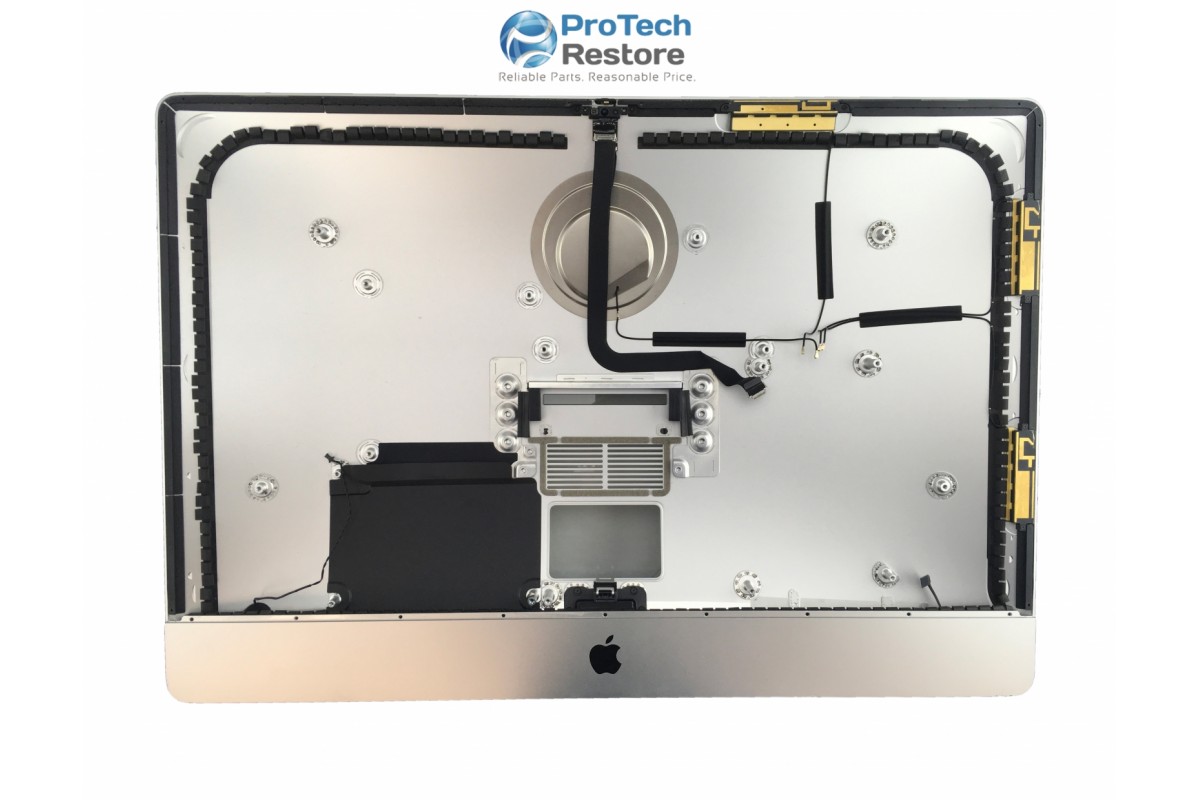

- #Imac 27 late 2013 external display full#
- #Imac 27 late 2013 external display pro#
- #Imac 27 late 2013 external display software#
Since the 24-inch iMac already comes with an Apple silicon chip, it leaves open the possibility of a new 27-inch iMac (equipped with Apple silicon) coming out while still conforming to Apple’s statement that the Mac Pro was the only Mac waiting to make the transition to the Apple silicon chip.Īnd there’s another clue. It doesn’t necessarily hold true for the iMac, though. As this was always a separate product line from the standard iMac, Apple’s announcement would seem to confirm that the iMac Pro will not get a new release date any time soon. That’s probably true for the iMac Pro, at least. For all intents and purposes, that seemed to be the death knell for the future of larger iMacs. It also revealed that the Mac Pro was the last Mac yet to make the transition to Apple silicon. Price and release dateĪt its Peek Performance event in March 2022, Apple unveiled an all-new Mac Studio and accompanying Studio Display. Regardless of whether this is branded an iMac Pro or an iMac, here’s everything we know about the next high-end all-in-one from Apple. But there are tantalizing clues that Apple is considering offering a larger iMac with a greater level of performance than the 24-inch iMac. It could be that Apple decides to leave this device dead and buried and instead hopes that the Mac Studio and Studio Display scratch that itch. , but I can/do not see that here.]īTW, my experience with my dual-panel display (which I think is "MST") is that you can catch it out sometimes, with one side lagging behind the other briefly. but I would guess that it actually was a mistake (surprisingly enough) the NVidia specifications for all the pertinent graphics cards say 3840x2160.

#Imac 27 late 2013 external display software#
one might wonder if there was an improvement in the hardware capability enabled by the software (i.e. although I would have thought that it was the OS itself. Since the two machines are running the same version of the OS, I would guess that the difference in the presentation of the resolution is a function of the DisplayPort version. (Apparently your cable is v1.2 (or higher).) I would infer that DisplayPort port on the older machine was v1.0 or v1.1, with the newer machine's being v1.2 (or higher). Has anyone gotten 4k60 to work with a late 2013, 27" iMac? Is there some setting or something that I am missing? Any help would be appreciated.ĭisplayPort v1.2 - vs 1.0 and 1.1 - newly supported 60Hz UHD (4k), where the older specification had only enough speed to support 30Hz.

In that case, I suspect that these Asus MG28U displays use MST, but I cannot find any information regarding whether they're SST or MST.
#Imac 27 late 2013 external display full#
Simultaneously supports full native resolution on the built-in displayĪnd up to a 30-inch display (2560 by 1600 pixels) on an external According to Apple's official technical specifications for this ( iMac (27-inch, Late 2013) - Technical Specifications), its limited to only 2560x1600: There is conflicting information about 4k support on this Mac. I am trying to figure out why these two computers treat these monitors differently, and show different settings for them. Interestingly, the preference pane looks different on my MacBook Pro, offering a bunch of scaling options, with no mention of refresh rate (although I can visually confirm it's 60 Hz): This confirms that the cables I'm using (Mini DisplayPort to Display port) are not the limiting factor). I also have an early 2015 MacBook Pro, which supports these displays at 4k60. When I connect them, I am limited to 30Hz (but importantly, the 3820x2160 resolution does work): I have a late 2013, 27" iMac with a GeForce GTX 780M graphics card, which I'm trying to get to connect to two 4k displays (Asus MG28U) at 60Hz.


 0 kommentar(er)
0 kommentar(er)
